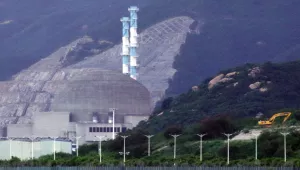Abstract
The market scale of China's wind turbine manufacturing industry has grown immensely. Despite China still having a limited capacity in terms of technology innovation, the institutional support has promoted the technology capability development of the wind turbine manufacturing industry. This paper explores the driving forces underlying this development by reviewing the transition of the innovation modes and the dynamic interactions among the technology capability, innovation modes, market formation, and wind energy policy. The innovation mode in China began with imitative innovation, then transitioned to cooperative innovation, and has more recently set its sights on attaining truly indigenous innovation. Public policy serves as a key driving force for the evolution of innovation modes, as well as the development of the market. The policy focus has evolved in the following sequence: 1. building the foundation for technological innovation; 2. encouraging technology transfer; 3. enhancing local R&D and manufacturing capabilities; 4. enlarging the domestic market; and 5. cultivating an open environment for global competition and sustainable market development in China.
Access the entire article here (log in required): http://www.sciencedirect.com/science/article/pii/S0301421511010305
Ru, Peng, Qiang Zhi, Fang Zhang, Xiaotian Zhong, Jianqiang Li and Jun Su. “Behind the Development of Technology: The Transition of Innovation Modes in China's Wind Turbine Manufacturing Industry.” Energy Policy, April 2012
The full text of this publication is available via Energy Policy.










